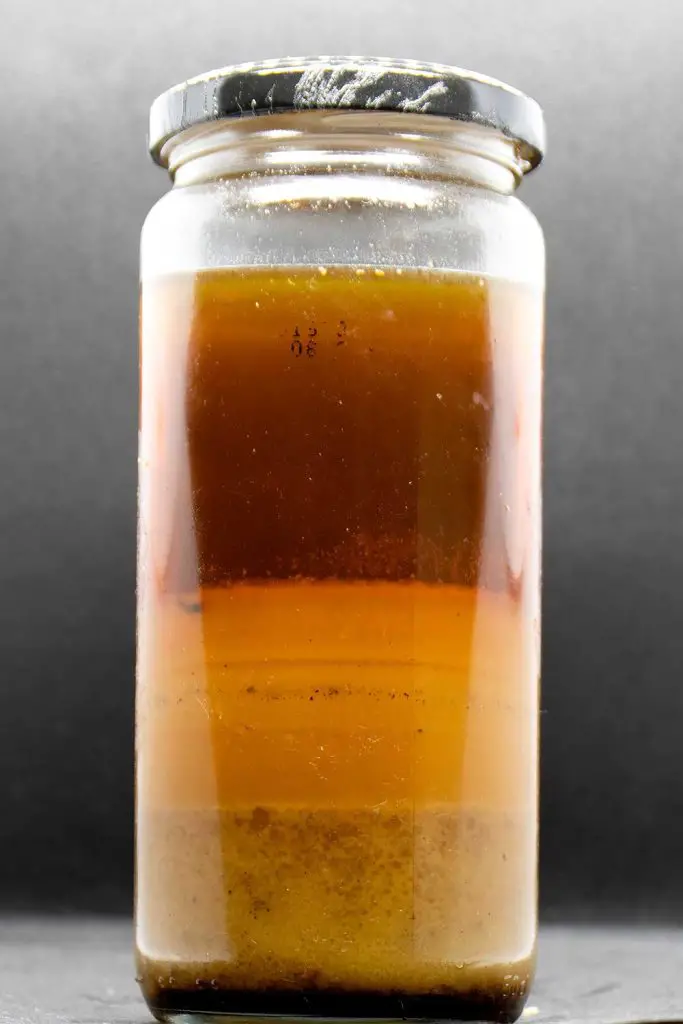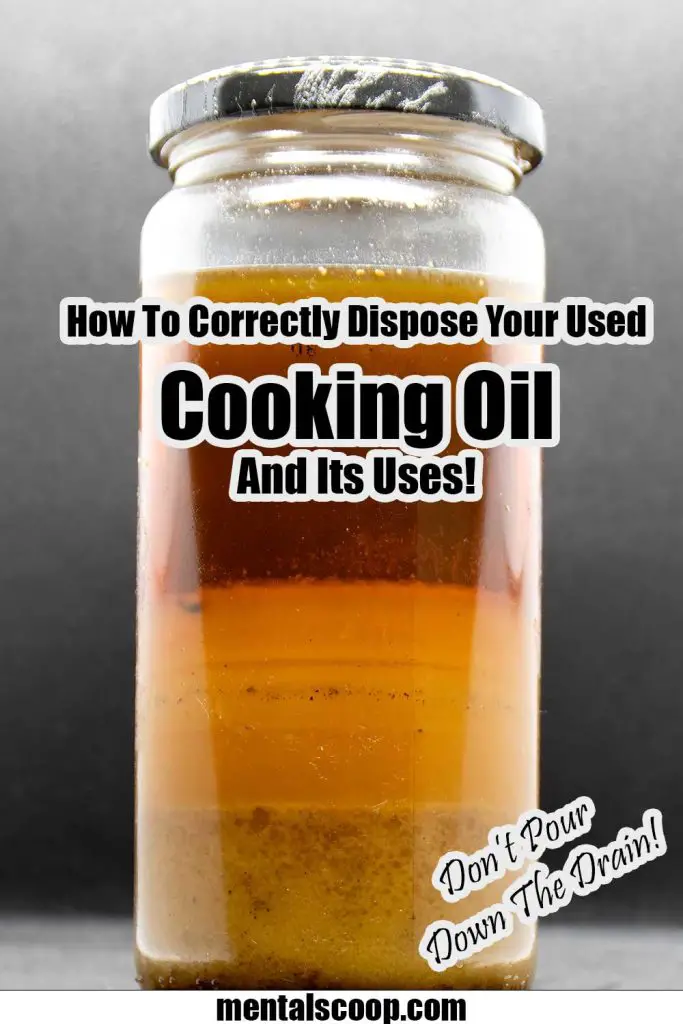How To Correctly Dispose Your Used Cooking Oil And Its Uses!

Used cooking oil is a common byproduct of our culinary adventures in the kitchen. Whether it’s the remnants of frying, roasting, or sautéing, many of us are left wondering how to dispose of this liquid gold responsibly.
In this comprehensive guide, we’ll not only show you how to correctly dispose of used cooking oil but also explore its various uses. From environmentally-friendly disposal methods to creative ways to repurpose your cooking oil, we’ve got you covered.
So, let’s dive in and make sure that the golden elixir in your kitchen doesn’t become an environmental hazard.
What is Used Cooking Oil?
Before we dive into disposal and alternative uses, let’s understand what used cooking oil is and why it’s important to manage it properly. Used cooking oil, often referred to as UCO, is the oil that remains after cooking food. It can come from a variety of sources, including frying pans, deep fryers, and roasting pans.
Why Correct Disposal Matters
Improper disposal of used cooking oil can have significant environmental consequences. When poured down the sink or toilet, it can clog pipes and wastewater systems. When dumped in the trash, it can end up in landfills, where it can take years to break down, releasing harmful substances into the environment.
The Environmental Impact
Used cooking oil can wreak havoc on the environment. When it enters waterways or soil, it can contaminate them, posing risks to aquatic life and plants. It’s crucial to understand the environmental impact to appreciate the importance of proper disposal.
Safe Storage of Used Cooking Oil
Before we explore disposal methods, let’s discuss how to safely store your used cooking oil until you’re ready to get rid of it. Proper storage is essential to prevent spills and ensure it doesn’t become a breeding ground for bacteria.
Recycling Used Cooking Oil
One of the most eco-friendly ways to dispose of used cooking oil is by recycling it. Many communities offer recycling programs or drop-off locations where you can take your used oil. This oil can be converted into biodiesel, a renewable energy source.
Reusing Cooking Oil
If the oil is still in good condition, you can reuse it for future cooking. However, it’s essential to follow specific guidelines to ensure the oil remains safe to use and doesn’t compromise the flavor of your dishes.
Donating Your Used Cooking Oil
Consider donating your used cooking oil to local animal shelters or organizations that can use it to make pet food. Some charitable groups collect used cooking oil to support their operations.
Solidify for Safe Disposal
For small quantities of used cooking oil, you can solidify it for safe disposal in the trash. This process prevents spills and reduces the risk of environmental contamination.
Disposing of Used Cooking Oil in the Trash
When recycling or donating options are not available, you can dispose of used cooking oil in the trash. However, it’s crucial to do so correctly to minimize environmental harm.
Avoid Pouring Down the Drain
Never pour used cooking oil down the drain or toilet. This practice can lead to blockages in your plumbing and create pollution in wastewater systems.
Alternative Uses for Used Cooking Oil
Now that you know how to dispose of used cooking oil responsibly, let’s explore some creative and practical ways to put it to use around your home.
Seasoning Cast Iron Cookware
Used cooking oil is an excellent option for seasoning cast iron cookware. It helps create a non-stick surface and prevents rusting.
DIY Wood and Furniture Polish
You can transform your used cooking oil into a natural wood and furniture polish. It’s eco-friendly, cost-effective, and gives your furniture a beautiful shine.
Homemade Soap
Used cooking oil can be a key ingredient in making homemade soap. It adds moisturizing properties and can be a fun and sustainable DIY project.

More interesting articles you may be interested in reading:

How To Remove A Tree Stump Painlessly
10 Vital Home Maintenance Tasks You’ll Regret If You Forget
See How Much Propane Is Left In A Tank With No Gauge
Thanks for reading and be sure to share this info with your friends using the social share buttons below.
Talking about social stuff, consider liking our Facebook page to keep up to date with our articles. Check out our other articles for more mental scoops!
